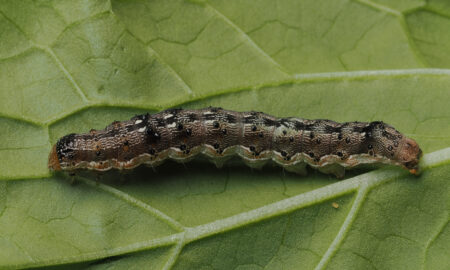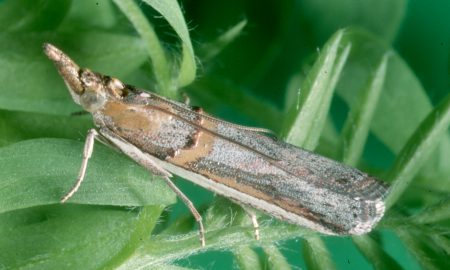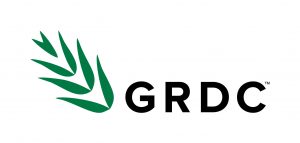Key takeaway: Dry conditions and slow crop establishment increase the risk of European earwig damage in canola. Some insecticide seed treatments and baits offer some control, and night monitoring can help confirm the pest.
The European earwig (Forficula auricularia) isn’t always a major problem when the season’s on your side. Good growing conditions that support strong crop emergence and early growth can help establishing seedlings outpace feeding damage.
But with the dry, slow start to getting crops established in the southeast, what else may help protect young canola from European earwig damage?
One management choice that might already be working in your favour is using an insecticidal seed treatment. In 2019, a study by Associate Professor Paul Umina and research scientists at Cesar Australia tested four commercially available seed treatments: fipronil (Cosmos®), a clothianidin and imidacloprid mixture (Poncho® Plus), a thiamethoxam and lambda-cyhalothrin mixture (Cruiser® Opti), and imidacloprid (Gaucho®). The study showed that some of these treatments may offer a level of protection against European earwig feeding.(Curious which seed treatments showed the most promise? Contact us for results or further information.)
More recently in 2024, research scientists at Cesar Australia undertook laboratory-based microcosm trials with Syngenta Australia looking at the efficacy of Equento® and Equento® Extreme seed treatments against the European earwig in canola. Although still preliminary and only conducted under semi-field conditions, these trials showed these products offer some control against the European earwig and protection to emerging canola seedlings.
That said, seed treatments alone may not offer sufficient protection under high pest pressure. In such cases, baiting can provide an additional control measure (refer to the APVMA for current product registrations).
The European earwig is a chewing pest. Damage might appear as jagged or scalloped edges (almost like something has taken a tiny bite out of the leaf), irregular holes, severed stems, and missing cotyledons. But don’t rely on damage alone for identifying pests. Other early-season pests like beetles, moth larvae, or slugs also cause similar damage. When feasible, inspecting the crop at night with a torch can help identify the true culprit, since many of these pests, including earwigs, are most active after dark. Correct pest ID and early crop monitoring are key to choosing the right control and protecting seedlings when they’re most vulnerable.
Have you checked your canola for earwig activity at night this week? Let us know over on Instagram!
Learn more
European earwig PestNote by Cesar Australia and SARDI
Acknowledgements
Thanks to Matt Page (Dagro) for providing field reports.
Cover image: Provided by Scott O’Sullivan





